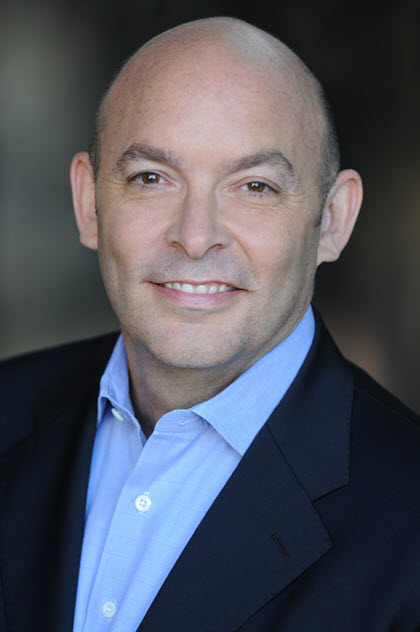In the 1990s, he was with Hambrecht & Quist, one of the leading tech investment banks of that era known for underwriting the IPOs of Netscape and Amazon. York began investing in venture funds in 2000, inside a firm that later morphed into San Francisco-based Top Tier.
Today, Top Tier boasts a relationship with over 100 firms, including some of the most recognizable brands in VC, such as Andreessen Horowitz, Accel, Index Ventures and Craft. The firm, which has over $7 billion in AUM, also invests in direct and limited partner secondaries.

(Courtesy of Top Tier Capital)
We spoke with York about how this downturn compares to those he experienced earlier in his career and what he thinks will be the best opportunities and most significant risks amid the venture market pullback.
PitchBook: Is what happening in the markets now as bad as the dotcom bust?
York: No, because the fundamentals of the underlying companies are still very strong. They’re real companies.
We all got overconfident about how the pandemic was going to change technology consumption. It was expected to continue forever. We all got a little carried away.
Now everyone is trying to sort out the proper value of assets. They’re looking across their balance sheets to figure out where they should be invested. Everybody was all in on equities and technology for two and a half years. But now that everything has corrected so much, people are trying to figure out what asset classes to own and how much they should own. We’ll probably figure out where values settle sometime in the summer.
What about Web3?
York: You can make many comparisons between the dotcom era and what has gone on in NFT crypto over the last 18 months. While fundamental technologies are being built, many companies in that space don’t make any sense to me and won’t survive.
Luckily, Web3 is its own little echo chamber. These companies are only doing business with each other. That’s why I don’t see it as a risk vis-à-vis any other venture market.
Do you anticipate that many existing venture funds will not make it through this downturn?
York: If your fund is based in Des Moines, Iowa, it might be hard to raise your next fund no matter how well you’re doing. But if you’re a firm in Silicon Valley or Boston and have a decent track record, you will be able to raise money.
I don’t see venture losing its allocation percentage in institutional portfolios. While VC might not lose its 10% or 15% weighting, LPs’ overall portfolios will likely be smaller. They will become more selective in manager selection and probably sell some parts of their portfolio.
What kind of secondaries are a better bet now, direct or LP-GP stakes?
York: Definitely LP-GP stakes. If it is still not clear where valuation will settle, it’s a lot easier to buy a basket of companies rather than a single company where you have more risk.
We are looking forward to the latter part of this year when LPs start to evaluate their overallocation to venture.
In a downturn, you tend to have more supply than demand, so we can be a little bit more price-conscious and pick up funds at a good value. Some of our best secondary outcomes came to us during these times of distress.
What areas will do well on a risk-adjusted basis during the downturn?
York: We will see a traditional flight to quality. The enterprise typically does better than the consumer, and health care will do well. Valuations are still attractive in Europe. Robotics is getting better and better. We have a bunch of robotic companies in our portfolio, and some of them are doing incredibly well. Most of them are helping on the factory floor and in the warehouse, but you can see that working its way into people’s homes.
Featured image by Malorny/Getty Images
Credit: Source link


Comments are closed.